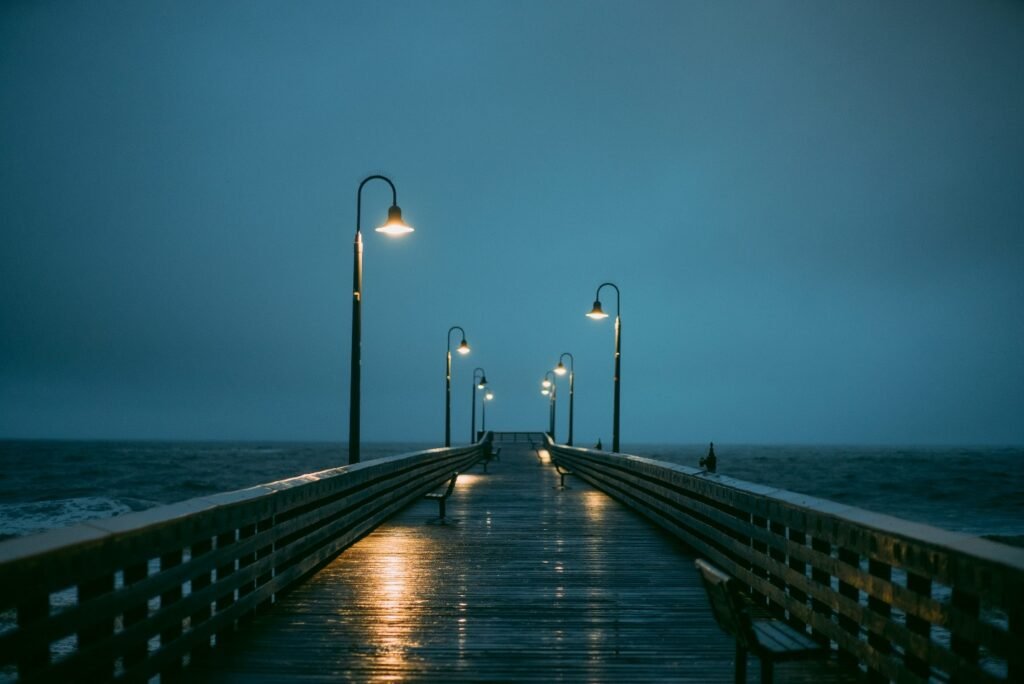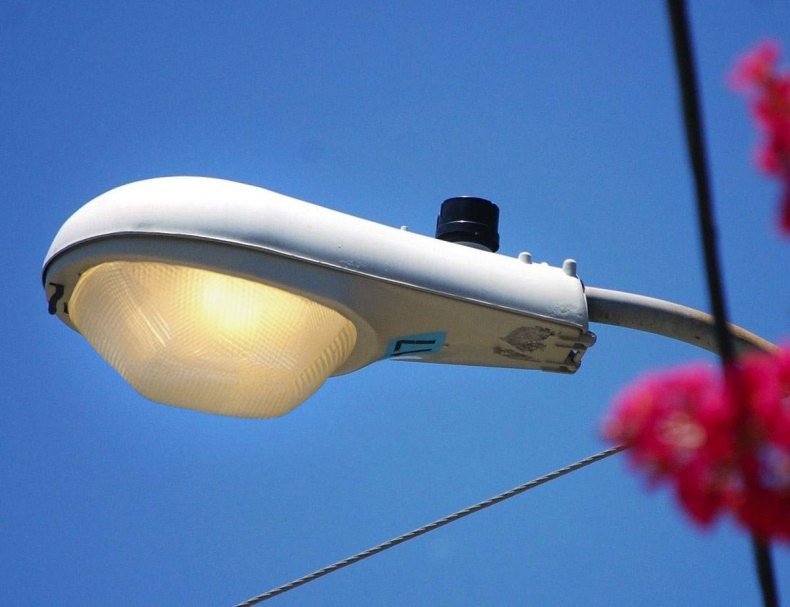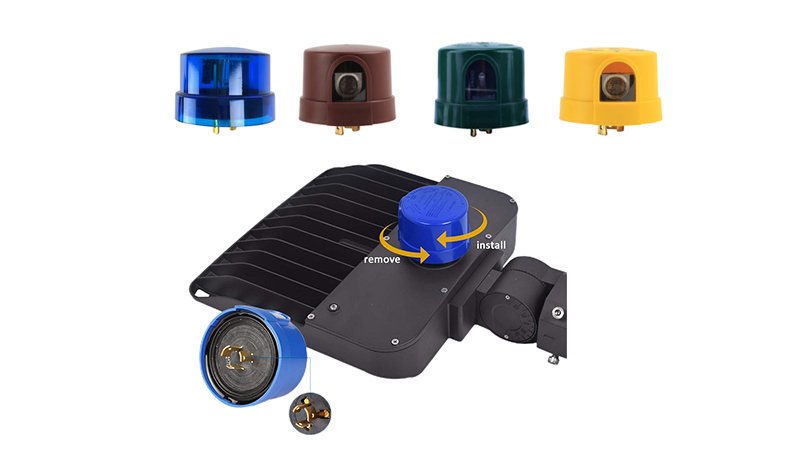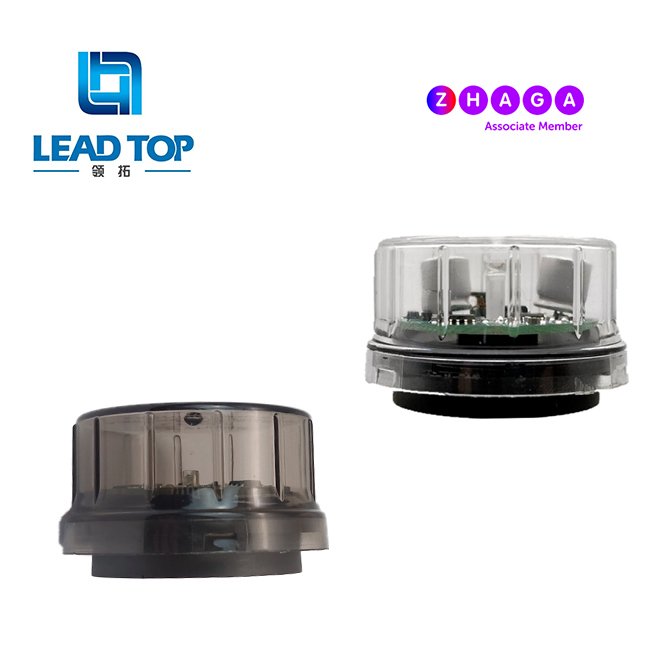Outdoor lighting is paramount and prime global infrastructure systems, so far it works in settings that diverge melodramatically subject to geography. A streetlight in northern Europe need to cope with snow, fog, and long hours of winter darkness, whereas one in Southeast Asia deal with strong sunlight, monsoon rains, and dust. In the meantime, North American utility systems run on 120V and 277V standards, while much of Europe and Asia use 220–240V.
As a result of these variances, regional photocell customization is not any more a choice but a compulsion. By altering dusk-to-dawn sensors to geographic sensor settings for example local voltage, daytime cycles, climate, and controlling charters, lighting producers and cities can guarantee safe, effective, and dependable performance. This attitude additionally prolongs the lifecycle of luminaires and at the same time line up with international lighting controls and regional energy plans.
Why Regional Customization Matters
Each outdoor lighting system is effected by its geographic setting, and photocells— tiny but indispensable dusk-to-dawn sensors—are specifically subtle to local settings. Lacking modification, a photocell could be unsuccessful ahead of time, waste energy, or even trade-off public care. Now the major geographic aspects that can effect dusk-to-dawn standards are:
Day time Cycles
- Northern Europe and Canada: Areas neighboring the poles experience great daylight differences—summer months with very short nights and winters with small number of hours of daylight. Photocells here need further adjustable cut off point to evade needless switching.
- Tropical Areas: Countries in Southeast Asia, Africa, and South America face regular day-night cycles throughout the year. Photocells in these regions can be standardized to static thresholds without extensive periodic alterations.
Climate Patterns
- Snow and Fog: Scandinavia, northern U.S., and alpine areas need to have sensors that able to differentiate among short-term light lessening (like heavy fog) against actual nightfall.
- Dust and Sandstorms: Middle Eastern and desert locations have need of uneven accommodations and self-cleaning or protected sensors to avert false triggering.
- Tropical Rain: Southeast Asia and Latin America require water resistant and UV-resistant housings to survive powerful daylight and rain.

Electrical Grid Standards
- North America: Uses 120V for housing and 277V for commercial/municipal street lighting.
- Europe and Asia: Work mostly on 220–240V systems, requiring diverse inner electric circuit.
- Heavy Industry and Utilities: In mining regions, industrialized areas, and main roads, voltages can go upto 347V or 480V. Sensors should be specifically modified to survive such loads.
Compliance Requirements
Lighting systems are also bound by regional standards:
- ANSI (North America) for photocell performance and socket compatibility.
- IEC (Europe & many international markets) for security, stability, and electrical acquiescence.
- Country-specific energy strategies, like Japan’s energy effectiveness procedures or the EU’s directions on lighting energy consumption.
Short of regional photocell customization, the similar product might switch lights too early, suffer exhaustion from voltage incompatibility, or be unsuccessful to conform with local energy codes.
Regional Voltage and Load Settings
A central element of international lighting controls is corresponding the photocell to local electrical standards. Inappropriate voltage is able to lead to blistering, early fiasco, safety risks.
- North America:
- 120V photocells used in housing and public installations.
- 277V models are used widely in commercial buildings, parking areas, and highway lighting.
- Europe & Asia:
- Operate on 220–240V systems, which need dissimilar relays and components inside the sensor. A photocell designed for 120V would not work properly on this voltage.
- Industrial/Utility Markets:
- 347V (Canada) and 480V (North America and some global markets) are important for high-wattage luminaires and utility-grade lighting.
- These photocells call for vigorous internal designs, heat resistance, and higher load ratings to tackle the pressure of industrial use.
By designing products with regional voltage customization, producers able to guarantee that outdoor lighting systems stay safe, proficient, and long-lasting across different landmasses.
Lux Threshold Adjustments by Region
A further significant factor of geographic sensor settings is the lux threshold—the point at which a photocell decides it is “dark enough” to turn the lights on. Lux thresholds differ not just by daylight situations further by cultural presumption and local principles.
- Urban Asia:
Cities like Tokyo, Shanghai, and Singapore rank walker care and energetic nightlife. Therefore higher lux-on thresholds (turning lights on earlier in the evening) are regularly selected. - European Cities:
Numerous cities balance security with firm energy strategies. Moderate lux thresholds are normal, certifying suitable lighting devoid of needless energy waste. - North American Highways:
In the U.S. and Canada, various highway projects accept lower lux thresholds to late initiation and cut energy costs. Highway security is guaranteed with reflective road paints and vehicle headlights, so lighting is adjusted more unconventionally.
Regional customization of lux levels avoids annoyance switching (lights flickering due to clouds, fog, or reflections) and guarantees alliance with local safety and energy policies.
Interface Preferences: NEMA vs Zhaga
The socket interface is one more aspect of regional photocell customization. The way a photocell attaches to a luminaire differs between markets:
- NEMA (ANSI C136.41 Standard)
- Broadly employed in North America.
- Famous for vigorous 3-pin and 7-pin designs.
- Supports both basic dusk-to-dawn control and advanced networking (when extra pins are used).
- Zhaga Book 18 (Europe & Smart Cities)
- All the time more common in Europe and regions embracing smart city structure.
- Compact design, stress-free integration with smaller luminaires.
- Designed with integration in mind, making it easier to renovate from simple photocells to innovative IoT lighting controls.
By proposing both NEMA and Zhaga options, constructers evade reformatting whole luminaires for different areas, permitting flexible acceptance of international lighting controls.
Case Study: Middle Eastern Smart Lighting Project
To demonstrate how regional photocell customization works in practice, consider a global lighting OEM tasked with supplying sensors for a Middle Eastern municipality:
- Challenge 1: Dust & Sandstorms
Typical housings risked being bunged up or eliminated, so the OEM designed sensors with improved sealing (IP65+) and UV-resistant covers. - Challenge 2: Voltage Compatibility
The local grid operated on 240V, while the OEM’s local market mainly used 120V. Inner integrated circuit was reformed to tackle the higher voltage securely. - Challenge 3: Lux Sensitivity
Powerful sunshine and quick sundown required lower lux thresholds, permitting streetlights to turn on more quickly after dusk.
By working with these geographic sensor settings, the OEM guarantee smooth operation, acquiescence with local dusk-to-dawn standards, and prolonged dependability in severe ecological situations.
The Role of Standards in International Lighting Controls
A crucial factor of customization is safeguarding configuration with dusk-to-dawn standards across regions:
- ANSI Standards (North America) make sure photocells meet performance requirements for voltage tolerance, switching precision, and interface design.
- IEC Standards (Europe & global markets) offer protection and acquiescence standards for electrical products.
- Local Regulations such as India’s energy efficiency rules or China’s smart city lighting policies further dictate photocell customization.
Constructers who changes products to these outlines guarantee legal compliance and build faith with municipalities and contractors worldwide.
Conclusion
Geography shows a pivotal part in outdoor lighting design. A “one-size-fits-all” photocell may work in one region but miss the mark in another because of differences in voltage standards, daylight cycles, weather conditions, and regulatory frameworks.
Through regional photocell customization, constructers can bring solutions that:
- Match regional voltage and load requirements.
- Regulate lux thresholds to reflect local daylight and cultural lighting expectations.
- Offer compatibility with NEMA or Zhaga interfaces, conditional to market demand.
- Survive severe environments such as snow, fog, or desert dust.
In a nutshell, customizing dusk-to-dawn sensors for different geographic regions guarantees outdoor lighting systems stay safe, dependable, and energy-proficient even though conforming to international lighting controls.
By implementation of this attitude, cities and OEMs achieve not only technical performance but also public faith, demonstrating that even small components like photocells can have a worldwide impression on security, sustainability, and effectiveness.
References:









